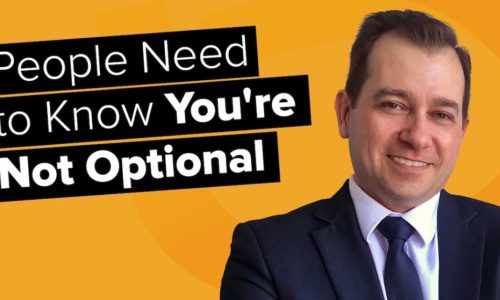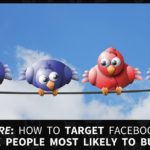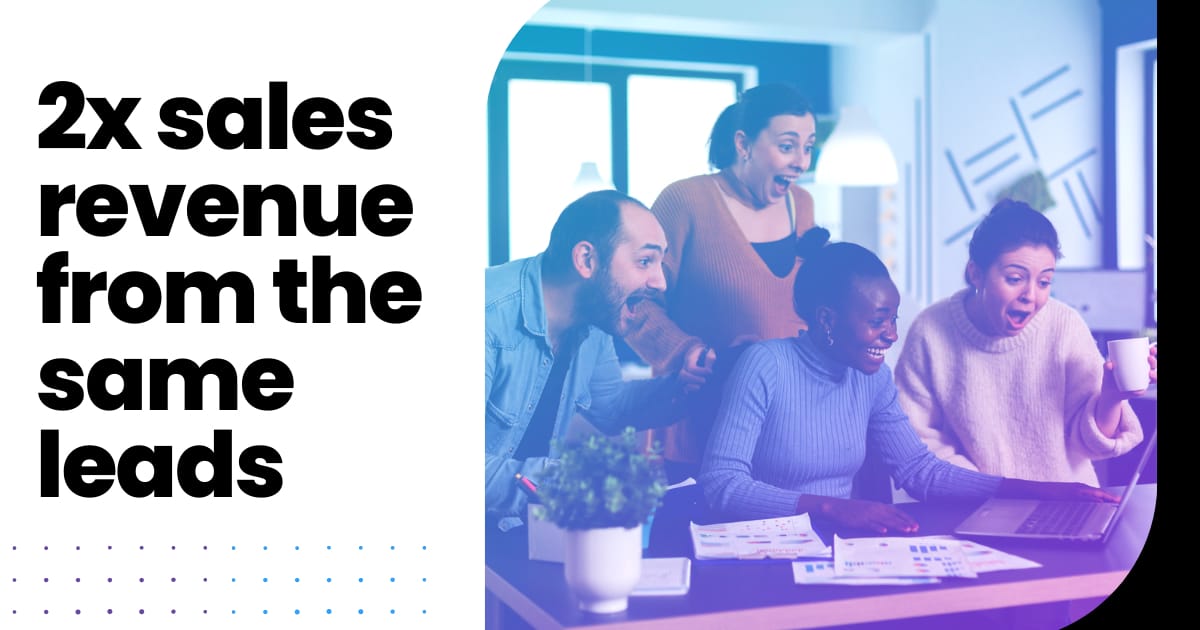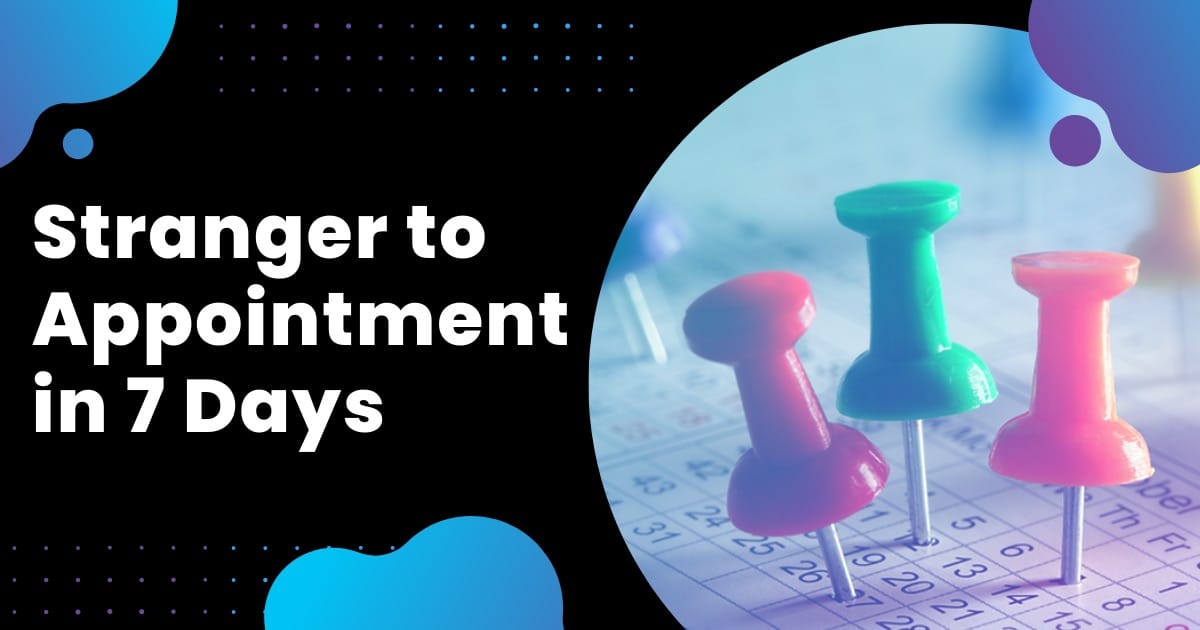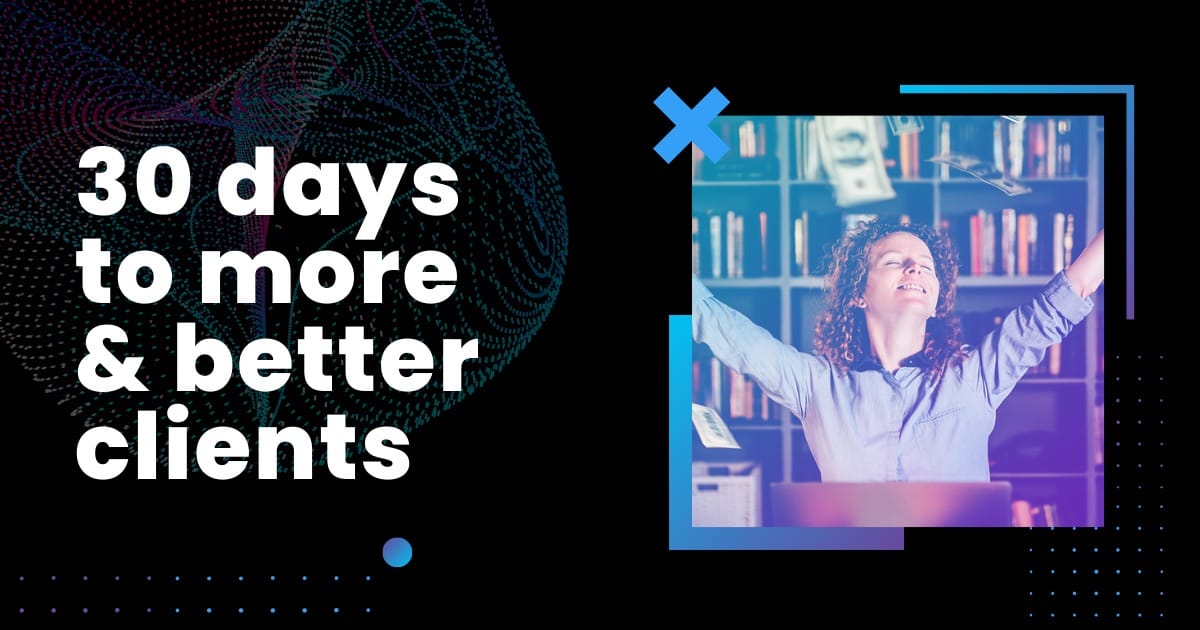So here’s a topic that has been done to death – how to get a website built. Yet we still see newly completed websites that have clearly gone off course (or were never on course), so here’s our take on the topic.
For a lot of marketing enquiries we receive, we look at the business’ (often new) website and our first thought is how much is in the budget to fix it. We know paying us to market them as it is will be throwing good money after bad.
The problem starts when they go straight to someone that starts them at web design stage with no consideration given to the specific user being targeted, user experience and content. The web designer jumps straight to design (stage 4 out of 5), the website is built and then content is just dumped in….Voila! An incohesive mess!
In every aspect of your marketing you need to start with the end in mind – who is your market and what stages do you need to move them through in your buyer’s cycle?
This means you need to evaluate your business, your market and your competitors and determine your marketing objectives – this will have a very big impact on whether your website is a success or a failure.
In 95% of cases your website is the hub of your marketing efforts, so the proper process needs to be followed. When we are doing a website design and build we like to have our project manager, who is also integral to identifying/developing marketing objectives, be responsible for user experience design and then manage the user interface (web design) and web development stages.
This way we know the website build is all focused on one objective – being a marketing and sales machine for your business.
Stage 1: Know what you’re good at and pick a niche
Here’s a little secret for you….not (I hope!). In most cases the market you could potentially service is diverse, and in most situations way bigger than you can possibly service. Marketing to such an audience will spread your marketing time/dollars far too wide to be effective – such a shotgun approach is only sustainable for companies with deep pockets that need huge amounts of new/recurring business to operate.
A more effective strategy for small to medium businesses, that don’t have the capacity to service everyone anyway, is to identify the things you are good at and pick a niche for your marketing efforts. For example, if you were to specialise in financial planning for people approaching retirement, do you think your marketing and website would be a little different to a business targeting 25-45 year olds?
Once you know who your target market is, every piece of marketing and your website should speak to them. Identify them, speak to them and your conversion rates will follow.
Stage 2: Your marketing objectives
Knowing your audience, how you are going to target them and generating traffic to your website may be different for every business. Some marketing channels you use may be more effective than others, but you may not necessarily know this until you have tested them.
In the early stages of scoping out a new website build you need to be aware of not just your current marketing needs, you need to factor in future needs and allow for sufficient flexibility that you aren’t forced to undergo a significant update to your website to test a new marketing strategy.
Here are some considerations for 4 broad marketing channels:
- Search traffic – Can you easily add and optimise new content to your site?
- Paid traffic – Do you need dedicated landing pages or will they become part of your content marketing funnel?
- Social media traffic – Do you need a blog to share content? Is it easily shareable?
- Capturing and engaging leads and past customers – Have you identified the stage at which people are ready to commit? Do you need people to be able to sign up to your newsletter list and what content will you be sharing via email (your blog content)?
Having identified your marketing objectives, it is only now that we start the website build process.
Stage 3: User Experience Design – We are now starting the website
This is the foundational step in a website build and it will determine the success of your website. Consideration is given to user flow and the way content is presented with the objective of the user taking certain actions on each page.
The UX designer needs to be marketing objective focused.
How do you call out a particular visitor to take a specified action or segment visitors to direct them to more relevant content.
Consideration needs to be given to what content needs to be on the page to overcome any barriers to the visitor committing to whatever action you would like them to take. How big is the commitment you are asking of people – should you offer an alternative micro-commitment to get them into your sales funnel?
At this point the website developer (team) may be consulted regarding specific functionality that is required to make sure ideas at this point are realistic.
With different browser sizes being a consideration for all modern websites, responsive layout of content is also considered at this stage.
The UX designer produces what are called wireframe layouts, which are purely box-outline concepts and it is up to the user interface designer to bring them to life.
Stage 4: User Interface (Website) Design – Pretty mockups are started
This is where the web designer (or user interface designer) typically gets involved. The job of the web designer is to take the wireframe mockups and essentially make them look pretty.
It is the responsibility of the user experience designer to communicate the ideas and functionality to the web designer, so they understand conceptually what is to be achieved – design should not get in the way of the user flow and objectives that have been identified at user experience design stage.
Ideally, the web designer will have the website content available at this point, or at least an outline, to ensure the finished website reflects the design.
As the website design mockups take shape, this is where the project manager/user experience designer takes control of quality control and presentation of the mockups. As a professional they can explain the designs and how user experience and marketing objectives will be met by these designs.
At this stage, designs are normally approved by the client, as further changes may significantly increase time in development with some small changes often requiring extensive backend work that is not seen on the front end.
Stage 5: Website Development
The project manager will ideally have been already communicating with the website developer prior to them receiving the website design, to ensure there are no client-approved design concepts that cannot be replicated in development.
Typically, the developer has been advising on ways to achieve certain objectives without introducing complex coding requirements. This means that website development proceeds with very little input from the client, as the project manager is responsible for quality assurance as it pertains to visual and functional requirements.
In a large number of cases, the next piece of work the client sees, after approving designs, is the completed website for functional testing and approval.
What should you be looking for when contracting for a new website
So you can see that if you want a website built properly, there is no way it can be put together in a couple of days. If someone says they can, then either they are shortcutting some steps or, very unlikely, have invested a lot in systemising the website design and development process.
The investment and time in a new website should be given no less consideration than onboarding an important part of your team, as essentially your website will be responsible for sales, customer service and even product/service delivery.
To do it properly, in our agency we have at least 3 people involved in any website we build for clients as it involves a diverse skill set rarely found in any one person. Depending on the full scope there may be extra people involved, e.g. if we are doing SEO and social media management for the client.
So when you are looking to have a new website built consider this process and shop for the skills required to make sure your website ends up being something you can be proud of.
